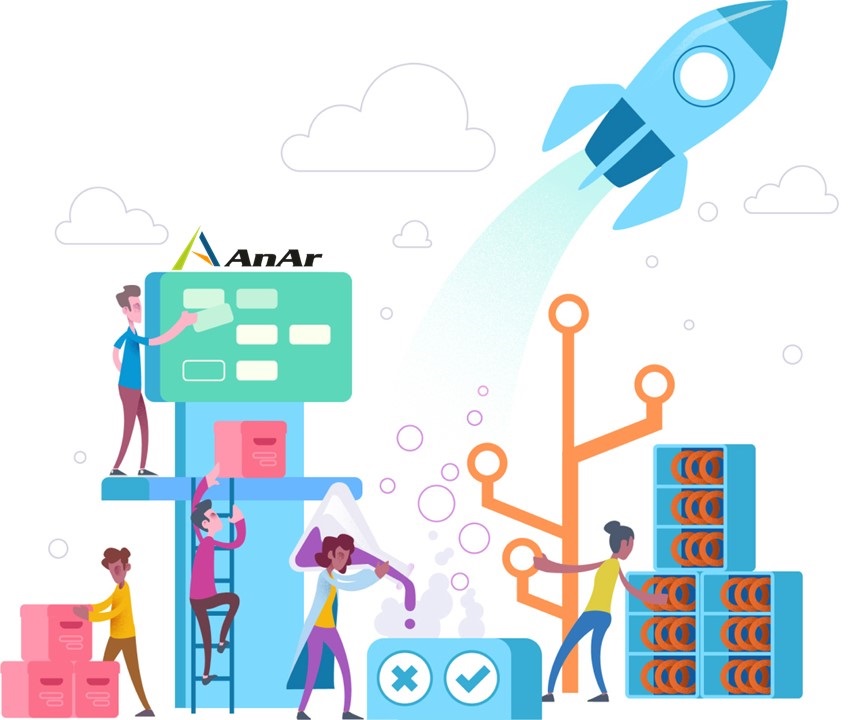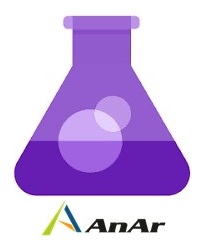Azure DevOps a SaaS (software as a service) platform developed by Microsoft Azure offers development and deployment software. It is flexible, powerful, and reliable for continuous integration, agile planning, and continuous delivery. Find support for managing releases on cloud and on-premises both. Azure DevOps Services is a hosted version of Azure DevOps Server.
Azure DevOps Services include:
Azure Boards:
They offer a set of predefined work item types that support the tracking, user stories, bugs, and tasks. The visual interactive tools ease the monitoring and status check of active tasks. You can share active, resolved, closed and backlog if any.
Built-in social tools are best for communication as they maintain the history pertaining to the work item for the team members to know what was finalized. Cloud storage grants plenteous space to store information in terms of description, links, and attachments for the work items. Storing almost 100 attachments of 60 MB each is quite helpful for the projects. The drag and drop feature helps in the prioritization of work, even reassign items from backlogs.
Add epic to track business initiatives, then add features to track specific applications. Group the issues under epics to increase work efficiency. Define the user stories to track the work assignment, also track the bugs that have flaws in code. Generate reports that make sense as the dashboards are configurable. It allows using more than one widget for better analysis.
Azure Pipelines:
It is suitable for continuous build, testing and deployment on the cloud or any other platform using any language. Use Java, Node.js, Python, PHP, Ruby, C/C++, or.NET to build your app. You can define pipeline by using YAML syntax or via the classic user interface. Continuous Integration (CI) automates tests and builds for the project while Continuous Delivery (CD) speeds up deployment.
The pipeline has the same version as of your code. YAML allows you to benefit from all the features that pipelines offers, e.g., Agents, Artifacts, Caching, Conditions, Container jobs, Dependencies, Deployment group jobs, Gates, Service Connections, Templates, Triggers, Variables and many more.
A pipeline consists of one or more stages and it can deploy in one or multiple environments. It helps in organizing the jobs in the pipeline irrespective of the stages each job has. A job can be agentless or have an agent (computing infrastructure). This agent runs a job that has single or many steps. The deployment group is for grouping agents. A Trigger is a feature that tells the pipeline whether to run at a scheduled time or on completion of another build.
Azure Test Plans:
It gives a holistic approach to different types of manual testing. As a development process, it enables everyone on the team to shoulder the responsibility of quality. Planned manual testing is where designated testers conduct organized tests. User acceptance testing carried on by testers focuses on meeting customer requirements. Explanatory testing does not need any testing plan and is performed by developers, testers and UX teams.
Azure Test Plans stores the scenario data along with the tests run. The defects get highlighted and you can define actions. Test applications both for desktop and web. In detail, traceability does quality assessment for the development lifecycle as a whole. Scripts of tests in planned manual testing serve to find actionable defects.
Azure Repos:
It manages code and has version control tools which is a must for small and large projects. Azure Repos provide distributed as well as centralized version control. Standard and popular version control Git maintains a local copy of code making it simpler to work offline. Later on, you can copy the changes to the server. Git the distributed version control allows you to choose the clients and tools that you deem fit.
Azure Repos supports the centralized version control system known as Team Foundation Version Control (TFVC). You create the project and define a workspace and even share the code.
Azure Artifacts:
It lets you add a fully integrated package management. This service enables you to create package feeds that you can consume or publish. Create universal, phython, npm, NuGet, or Maven packages. Publish created packages automatically. You can set automatic deletion of old package versions using the retention policies.
The pre-release and actual release versions of a package should be visible to all the users for proper access. Create a badge for the latest version that you want to share with others. Manage notifications for release and views of packages.
Features of Azure DevOps Services:
- Approval Workflow
- Dashboard
- Portfolio Management
- Prioritization
- Release Management
- Troubleshooting Reports
If there is a reluctance to adopt Azure DevOps Services have a look at the advantages that you draw.
- Useful for all industries of different sizes
- Affordable prices and free version for the first five users to get a hang of it
- Easy to set up dashboards and customize
- Add or modify loads of work items with MS. Excel
- Integration with Microsoft products such as Teams, SharePoint, GitHub and more
- Deployment and support for Cloud, SaaS, Web-based
- Unlimited Git repos and availability of plugins to connect to the repositories with external tools is beneficial
- Set realistic goals and get commitment against it
- Extensive code management abilities to build, commit and deploy the code
- Complete product planning, tracking and collaboration proficiency
- Check progress and backlog
- Easily track versions and items
- Agile lets you control and automate the software development
- Efficiently handles complex tasks
- Enables team members to work from different locations and time zones on their respective projects
- Increased productivity, reduced release time, and boost’s reliability
- Better control the entire software development life cycle
Feature-wise and price-wise Azure DevOps Services are superior in comparison to Jira and GorillaStack. Azure DevOps Services leave you less tensile about the quality of software developed and deployed. These services as a procedure use multi-tenancy to improve performance and reduce costs. Current limitations are over the consumption of resources and the number of requests raised.
Proposed use of Azure DevOps Services:
- Select suitable tools, set goals, and define metrics to meet them
- Identify pain points
- Combine Kanban Boards, Code and Automation as a single tool
- Set automatic builds to test code
- Link and set order of work items by hierarchy
- Use work item templates to add or define the open tasks and issues
- Get precise details of who changed what and when
- Scale up the DevOps infrastructure as needed
- Record the goals, task status and resource capacity
- Create automated feedback loops
Azure DevOps Services are comprehensive Azure Boards that bring effectiveness to planning. Azure Pipelines to identify an opportunity for innovation and save time. Get access to the world’s largest repository with Azure Repos. Planned and self-explanatory tools and activities result in improved quality of apps. Azure Artifacts to create, host and share packages with your team from public/private sources.










